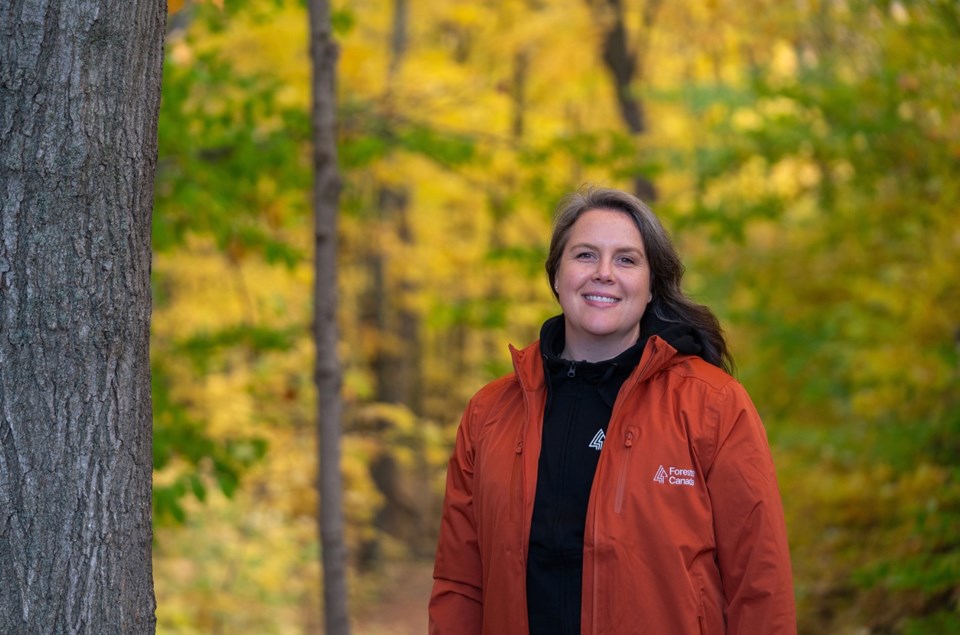NEWS RELEASE
FORESTS CANADA
*************************
Since 2007, Forests Ontario has facilitated the planting of 46.5 million trees, enhancing 900,000 hectares of connected forest landscapes through over 8,000 restoration projects across 10 provinces.
Now, Forests Ontario is becoming Forests Canada to broaden the scope of its operations, while inspiring collaboration and investment to better conserve, restore and grow forests today and for future generations.
“As Forests Canada, we are working to improve biodiversity and the connectivity of forested landscapes, increase much-needed wildlife habitat, fight the effects of climate change, and foster a connection to our forests — all while supporting local economies across Canada,” Jess Kaknevicius, CEO, Forests Canada, says. “We are taking our decades of knowledge and experience creating and supporting diverse, thriving forests in Ontario and applying it on a national scale to achieve the greatest possible outcomes from coast to coast to coast.”
“The board of directors of Forests Ontario has clearly recognized the need to strengthen relationships nationwide and embrace economies of scale,” Malcolm Cockwell, chair of Forests Canada, says. “By becoming Forests Canada, we are poised to make a positive impact in more communities than ever before.”
Over decades, the charity has built strong relationships with a comprehensive network of experienced partners and experts — from seed collectors and nurseries to planting partners, forest professionals, members, and donors — who understood the transformative power of healthy forests.
During the past year, Forests Ontario and its existing national division, Forest Recovery Canada, supported the planting of 1.9 million trees in Ontario as well as 380,000-plus in Alberta, 200,000-plus in Nova Scotia, 70,000-plus in British Columbia, 60,000-plus in New Brunswick, and 5,000-plus in Manitoba.
“We are proud of our accomplishments across Canada this year, including supporting the restoration of ecosystems after wildfires and extreme wind events, and we are looking forward to finding new collaborators so that we can accomplish even more,” Cockwell says. “Forests Canada is connecting with local Indigenous communities, conservation organizations, private enterprises, and environmental non-governmental organizations as well as hiring new field services co-ordinators so that we can rely on local expertise in provinces across the country.”
Although Forests Canada has a new national name and broadened scope, it remains dedicated to its educational and outreach programs in Ontario. The organization will continue working with its local and regional planting partners to significantly reduce the cost of large-scale tree planting, facilitating increased forest cover and ensuring such initiatives are more affordable for landowners and municipalities across the country.
“The qualities that made Forests Ontario special will continue to define Forests Canada: our investment in seed, the training and infrastructure we provide to our planting partners, our ability to engage with schools and communities to inspire the next generation of forest stewards, and our commitment to long-term forest health,” Kaknevicius says. “We couldn’t have reached this point without the generous support of individual donors, corporate partners, our members, as well as municipal, provincial, and federal levels of government. On behalf of my colleagues at Forests Canada, I thank these stakeholders and invite new partners to reach out to us so that we can conserve, restore, and grow Canada’s forests together.”
*************************
